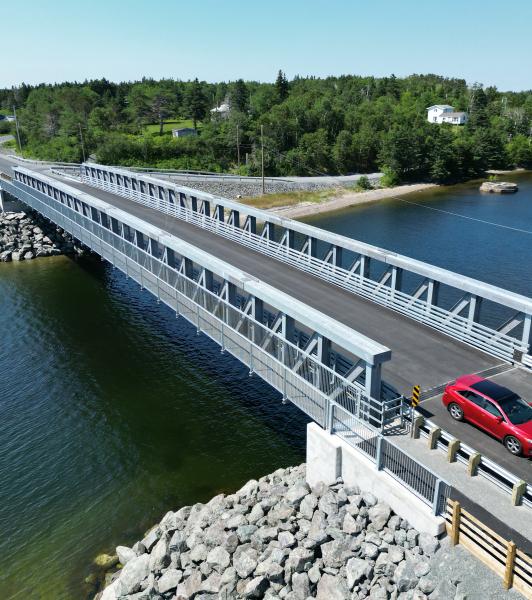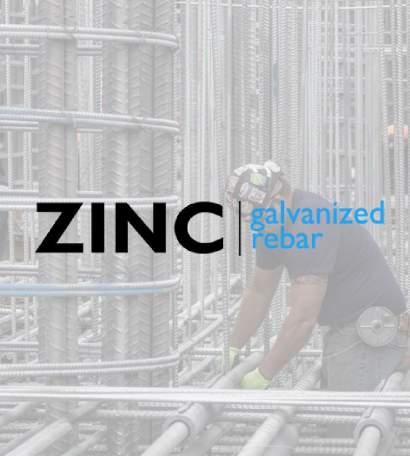
Bridges & Highways
Investment in critical transportation elements must be protected from deterioration to improve the quality of life for current and future generations.
Transportation infrastructure, such as bridges, guardrail, mechanically stabilized earth walls, and reinforcing steel are paramount in connecting cities and states across the nation and facilitate the movement of goods and peoples to stimulate the economy. The new investment in these critical transportation elements must be protected from deterioration for current and future generations.
Much of the existing infrastructure, including 42% of bridges, are more than 50 years old. Currently 1 in 5 miles of highway and major roads as well as approximately 45,000 bridges are in poor condition across the country. The underinvestment in infrastructure over the past decade or more has led to a backlog of repairs, particularly along the “last mile” in counties, cities, and local municipalities. The IIJA represents the largest investment in roads and bridges infrastructure since the construction of the Eisenhower Interstate system.

More about Bridges & Highways
Utilizing hot-dip galvanized steel and duplex systems can help federal, state, county, and local officials achieve 100-year bridge designs and protect mechanically stabilized earth walls, reinforcing steel as well as guardrail and other safety elements to maximize the taxpayers' infrastructure investment for future generations.
Hot-dip galvanized steel has been specified in North American bridge and highway infrastructure for more than 60 years, including the first fully galvanized Stearns Bayou Bridge in 1966. With this generational investment in our nation’s infrastructure, it is imperative to design bridges and other highway elements with sustainable, long-lasting materials. In fact, a recent multi-part study by U. Delaware for the American Institute of Steel Construction determined galvanized steel bridges have the highest average Superstructure Condition Rating (SCR) and best overall performance.


















